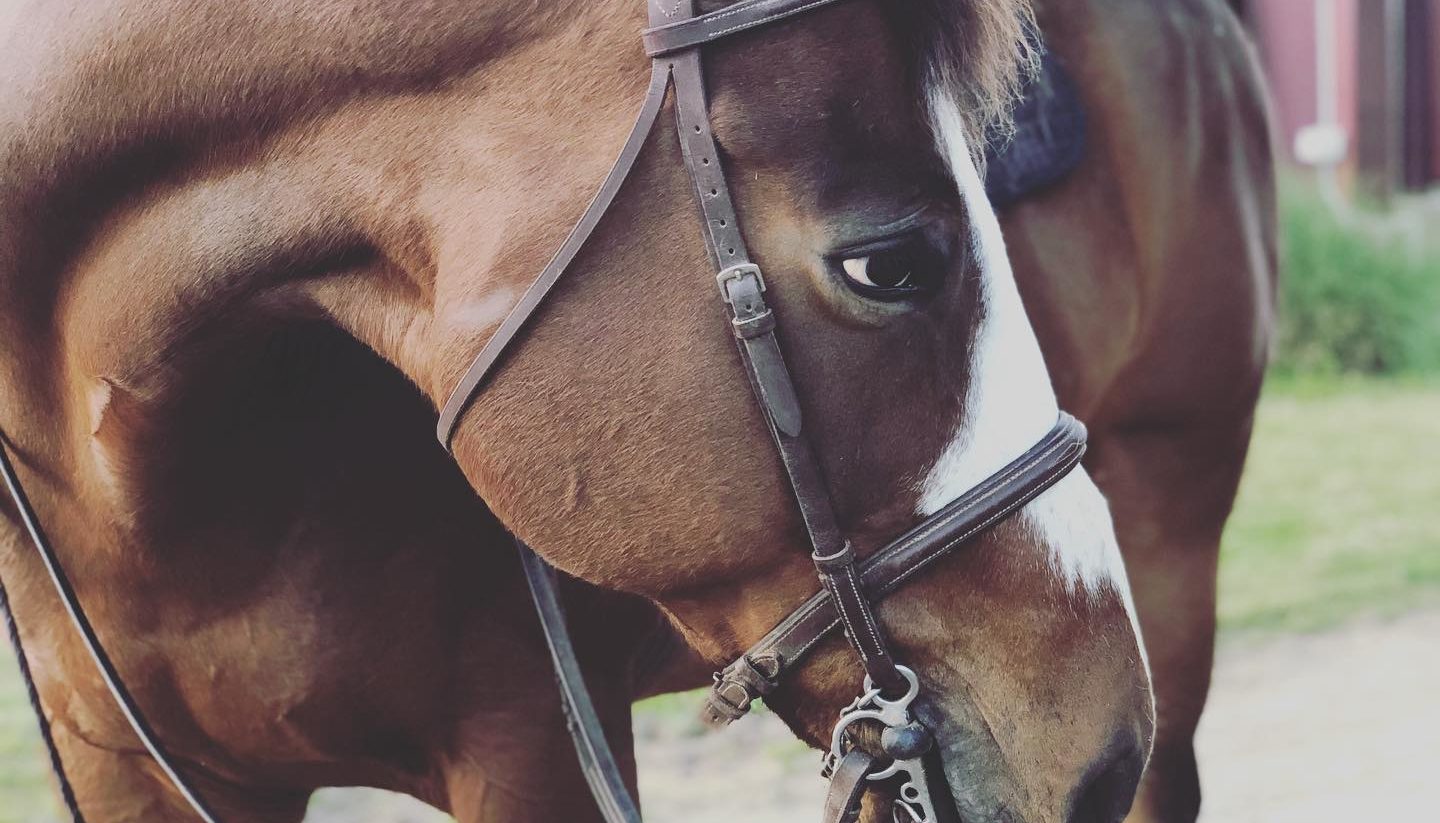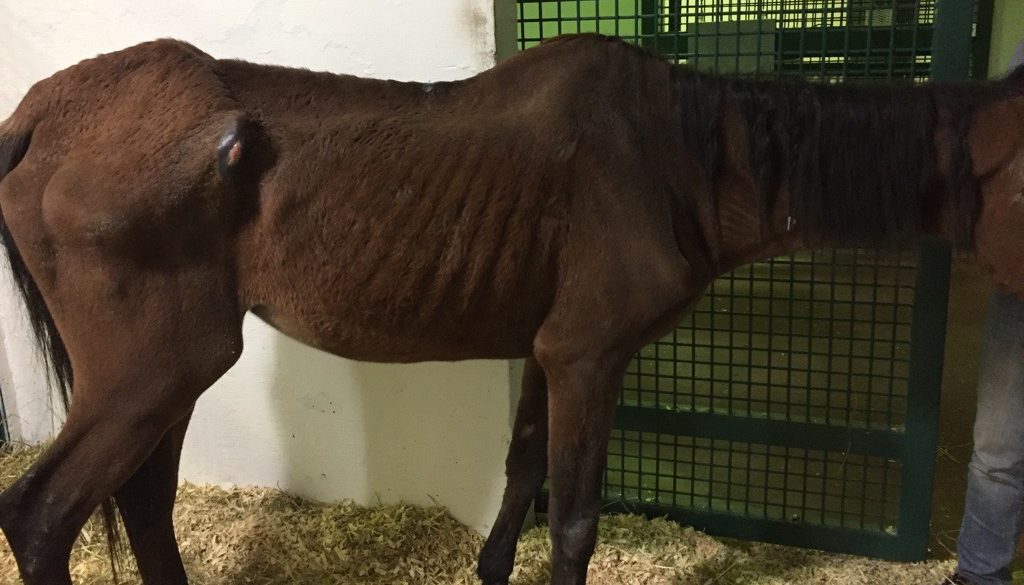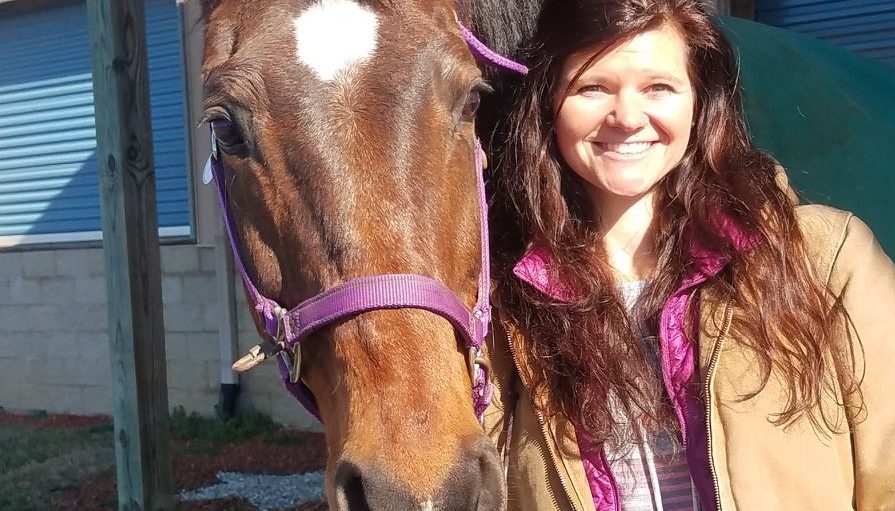
Over a six-week period, an online survey was administered to the public to determine how an individual’s welfare definition, industry connection, and classification of equids as either livestock or companion animals affected their perception of common industry practices and equine uses. Read more about our results in these published abstracts and articles:
Melvin, K., Krawczel, P.D., Schneider, L.G., Ivey, J.L.Z. Public perception of problematic equine industry sectors and management scenarios. Journal of Animal Science. 2020. In press.
Abstract
The equine industry is highly variable with many different sectors and management practices. To determine how the public views common management practices and discipline-specific areas of the equine industry, an online study was distributed via email and social media over a 6-week period to United States residents over the age of 18 (n=1,372). Survey questions included demographics, industry connection, definition of welfare, and equine classification. Respondents were asked to select the most concerning option from a series of management-related scenarios. . The production livestock and equine industries were then segmented by species or discipline, respectively, and respondents were asked which sector was most problematic. To analyze the data, frequency tables (Proc FREQ) and multinomial logistic regression (Proc LOGISTIC) were used in SAS 9.4 (Cary, NC) to test the factors associated with likelihood to select a given management scenario from each series(α=0.05). Respondents who were heavily connected to the industry were four times more likely than lightly connected individuals to select that a blanketed or unblanketed horse in 30 °F weather with unlimited access to food and water equally presented no concern than to say that a blanketed or unblanketed horse in 30 °F weather with unlimited access to food and water and were concerning (OR= 4.09; 95%CL: 2.08,8.04). Of the 1,244 respondents who answered, 563 (45%) said that the gaited horse industry is the most problematic equine industry compared to the racing industry (41%) and stock horse industry (8.7%). Understanding how the public perceives the various animal industries and management scenarios in relation to an individual’s connection to the industry, classification of equines and welfare definition is important to assess and improve educational intervention strategies.
Melvin, K., Krawczel, P.D., Schneider, L.G., Ivey, J.L.Z. Public perception of equine processing and welfare. American Society of Animal Science: Southern Section. 2019. In press.
Abstract
Equine welfare and processing are a major topic of interest, often debated by industry professionals and the public alike. These debates often focus on the welfare of equines during the different aspects of processing and the impacts related to the processing legislation passed in 2007. Our objective was to determine if one’s definition of welfare, industry connection, or their classification of equines was associated with their perceptions of equine processing and related impacts. Over a 6 week period, a survey was distributed via email and social media outlets to United States residents over the age of 18 (n=1,334). Participants responded to questions including demographic information, connection to the industry, equine classification, and indicated the changes they expected occurred due to the 2007 processing legislation. Furthermore, participants selected sources from which they commonly obtain information regarding animal welfare issues. Statistical significance was set at α=0.05. Multinomial logistic regression in SAS (SAS Institute, Cary, NC; PROC LOGISTIC) was used to determine factors associated with participants’ likelihood to respond “increase”, “decrease”, or “no impact” to each area in which the 2007 legislation could have impacted the industry. When asked if there was an impact on the number of horses processed, connection to the industry (P=0.03), welfare definition (P<0.0001) and classification of horses (P=0.009) were associated with responses. Respondents with light connection, when compared to moderate connection, were 10 times more likely (OR=10.9; 95% Cl: 1.03, 111.1) to say there was an increase in horse processing, versus no impact, in response to the 2007 legislation. Understanding interactions between industry connection, welfare definition, classification of equids relative to current industry issues may prove beneficial to bridge an educational gap and provide clarity to important welfare concerns.
Wallace, S., Melvin, K., Krawczel, P.D., Schneider, L.G., Ivey, J.L.Z. Public perception of equine and livestock management varies by classification of horses, industry experience, and animal welfare definitions. Journal of Animal Science. 2019. 97:S3;247-258.
Abstract
Classification of horses as livestock or companion animals is often contested in cases of management and welfare concerns, legislation, and educational forums. Limited data are available regarding perception of equids in relationship to animal agriculture management practices. Therefore, our objective was to test associations between livestock management practices and perception of horses as companion animals or livestock. An online survey was administered for 6 weeks to U.S. residents over age 18. Participants provided demographic information, connection to the industry, and welfare definition of choice. Management questions included 2 scenarios each—one regarding horses and a direct comparison for another livestock species. Respondents then chose which scenario was most concerning or if the scenarios were equally non-concerning (i.e. no issue) or concerning. Analyses were performed using SAS (SAS Institute, Cary, NC), with significance set at α=0.05. Multinomial logistic regression (PROC GLIMMIX) was used to test factors affecting management scenario responses. Out of 1,334 respondents, 807 (60.5%) categorized equids as companion animals; 527 (39.5%) classified equids as livestock. Welfare definition, equid classification, and industry connection significantly affected responses to every management scenario (P < 0.01). People who classified horses as livestock had 2.8 times greater odds (OR=2.8; 95%CI:1.8, 4.5) to select lack of shelter during spring months as equally non-concerning for horses and cattle rather than selecting horses without shelter as a concern compared to respondents who classified horses as companion animals. Respondents heavily connected to the equine industry were less likely (OR=0.38; 95%CI:0.19, 0.75) to select that both species without shelter were concerning rather than selecting that only horses lacking shelter was concerning compared to respondents lightly connected to the industry. Understanding associations between public perceptions of livestock management and individual’s welfare definition, equine classification and industry connection may improve our ability to educate the public regarding animal agricultural practices.
Melvin, K., Wallace, S., Schneider, L., Krawczel, P.D., Ivey, J.L.Z. Public Perceptions of equine welfare classification and subsequent use. 2019. Journal of Equine Veterinary Science. 76:120-121.

In order to better understand how to recondition starved horses, we have reviewed over 100 case files from 2008-2018 to determine if clinical health markers could aid in determining if a horse could successfully be refed. Learn more about this study in this published abstract:
Hughes, V., M. Hines, A. Cox, L. Schneider, and J. Ivey. 2019. Retrospective analysis of clinical health markers as indicators of death in malnourished equids. Journal of Equine Veterinary Science 76:124.
Abstract
Starvation recovery in equids can be challenging due to many factors including metabolic dysfunction and electrolyte imbalance. Reconditioning horses is costly, as recovery is often prolonged and may include additional clinical interventions. Numerous aspects may affect successful starvation recovery, thus, the objective of this study was to characterize and identify clinical health markers that could predict death in starved equids. Data were collected from The University of Tennessee College of Veterinary Medicine clinical records with starvation diagnoses and a body condition score of 3 or less. Case files from 2008 to 2018 (n = 114) were evaluated for age, sex, and breed, along with initial examination vital signs, complete blood chemistries, blood counts, body weight, internal parasite count by fecal egg count, additional diagnoses, and outcome as either alive (L, n = 86) or dead (D, n = 28), where death was due to humane euthanasia or equids that succumbed to complications from emaciation. To test if factors were associated with increased probability for death following starvation, multi-level, multi-variable logistic regression models within the GLIMMIX procedure in SAS (Cary, NC) were utilized. Mixed model ANOVA was used to determine differences in mean continuous variables between survival and death cases. Statistical significance was set at α = 0.1 and data are expressed as mean ± standard error. Light-breeds and light-breed crosses were the predominant breed types (n = 97), and ages ranged from 0.5 to 44 years. Initial body weight (kg) predicted death (P = 0.023), where D outcome equids had lower body weights (283 ± 23) compared with L equids (345 ± 14). Pulse (beats per minute) was higher in D equids (51 ± 2) over L outcome animals (46 ± 1, P = 0.088), potentially indicating cardiac muscle damage in severely emaciated animals. Additionally, elevated serum creatine kinase indicating a more progressed catabolic state of muscle breakdown was observed D outcome animals (623.6 ± 147.0) compared with L cases (401.8 ± 44.5, P = 0.095). Starved equids may be predisposed to death if a low body weight threshold is surpassed relative to body frame size, and in connection to degree of muscle wasting. Screening emaciated equids for indicators of death on initial examination could be beneficial in determining if clinical intervention and refeeding efforts may result in successful reconditioning.

In collaboration with the Shangri-La Therapeutic Academy of Riding in Knoxville, Tennessee, we evaluated how therapeutic riding could improve parents’ perception of their children’s mental or physical disability after completing one ten-week riding session. Find out more about our results in this published abstract:
Benton, S., Petr, L., Schneider, L., Ivey, J. Effects of therapeutic riding on parental perceptions of mental and physical disability improvement. 2019. Journal of Equine Veterinary Science. 76:115.
Abstract
Various therapeutic modalities are available to individuals with disabilities, yet therapeutic riding is often not considered as a treatment option. Determination of mental and physical benefits of therapeutic riding can be difficult to quantify, yet benefits are often touted by participants and their families. Thus, our objective was to evaluate physical and mental/social improvements perceived by parents of participants in a therapeutic riding program. A paper survey was reviewed for use by the University of Tennessee Institutional Review Board and administered by a single researcher. The survey included eleven 5-point Likert scale questions addressing perceived improvements, where 1 indicated “no increase” and 5 referred to “highly increased.” Surveys were completed by parents of participants who had completed at least one 10-week session during 2018 at Shangri-La Therapeutic Academy of Riding (STAR, Knoxville, TN). Mixed-model ANOVA within PROC GLIMMIX was performed to test whether age category, time enrolled, or disability type affected perceived overall physical or mental improvements from the riding program (SAS, Cary, NC). Analyses were performed to determine differences in responses due to question type (mental versus physical), after accounting for age category and time enrolled. Results are reported as least squares means ± standard error. An interaction was observed between question type and age category (P = 0.04). Participant (n = 14) ages were categorized into “young” (Y, ≤8 years of age, n = 9) and “old” groups (O, >8 years of age, n = 5). Time enrolled in the therapeutic riding program was classified as 10 weeks or >10 weeks. Responses for perceived physical and mental improvements were averaged into a single value and analyses were performed on summarized results. An effect of age category on mean physical response was observed (P = 0.026); Y participants reported greater scores (2.9 ± 0.2) compared with O participants (1.8 ± 0.4). Individuals enrolled in a therapeutic riding program for >10 weeks (n = 8) reported a higher overall improvement of 3.2 ± 0.1 compared with individuals that enrolled for 10 weeks (n = 4) reporting an overall improvement of 2.9 ± 0.2. A tendency was observed for riders with >10 weeks (3.3 ± 0.3) of sessions to report increased balance compared with riders with 10 weeks of training (2.3 ± 0.4, P = 0.07). Differential responses in O and Y age groups, along with program enrollment time indicate that alternative age group approaches and increased session longevity may maximize perceived benefits of therapeutic riding outputs in disabled populations.